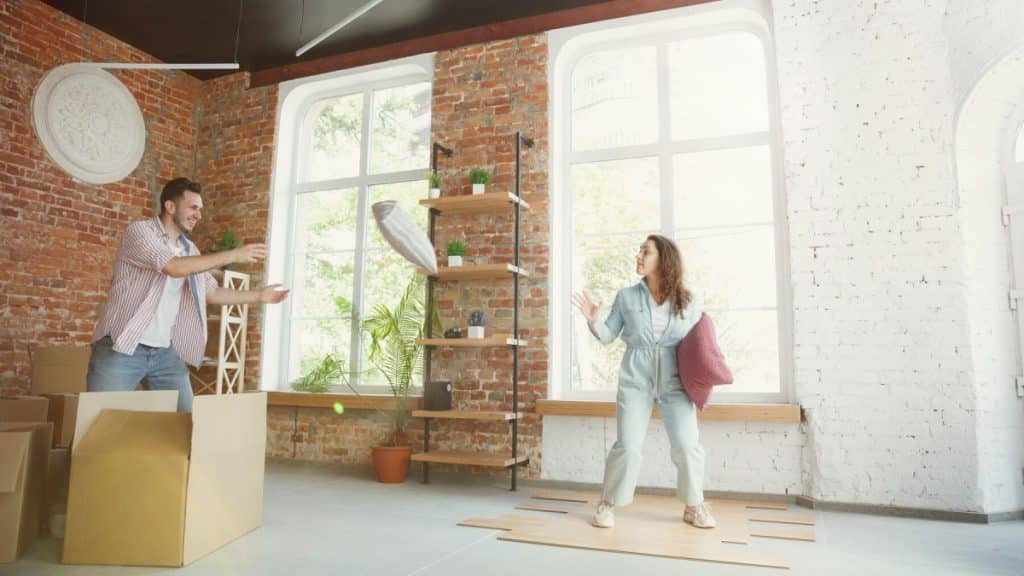Our surroundings have a significant influence on our mood, productivity, and overall quality of life. By making small, thoughtful changes to our everyday spaces, we can create environments that are both functional and inspiring. Whether it’s at home or in the workplace, transforming spaces doesn’t have to be overwhelming or expensive.
The Psychology of Space
Research shows that the way a space is designed can affect our emotions and behavior. For instance, cluttered environments can lead to feelings of stress, while well-organized spaces promote a sense of calm and focus. Similarly, natural light and greenery have been shown to boost mood and energy levels.
The colors and textures we choose also play a role in shaping our experiences. Warm, inviting colors like soft blues and greens can create a relaxing atmosphere, while brighter colors like yellow and orange can inspire creativity and energy. Incorporating tactile elements, such as soft fabrics or smooth surfaces, adds layers of comfort and sophistication.
Moreover, the layout of a space can influence how we interact within it. Open layouts encourage collaboration and communication, whereas designated zones can support focused work or restful retreats. By understanding these psychological principles, we can design spaces that truly cater to our needs.
Practical Tips for Transforming Spaces
Making meaningful changes to your spaces doesn’t have to be complicated. Start with these practical tips:
Declutter and Organize
Start by removing unnecessary items and organizing what remains. Use storage solutions to keep spaces tidy. Decluttering not only frees up physical space but also clears mental space, reducing feelings of overwhelm.
Incorporate Nature
Adding plants or using natural materials can create a more soothing environment. Plants like succulents or ferns require minimal upkeep and bring a sense of vitality to any room. Alternatively, incorporating wood, stone, or woven materials introduces a touch of nature indoors.
Enhance Lighting
Choose lighting that suits the purpose of the space—bright for work areas and soft for relaxation. Adjustable lighting options, such as dimmer switches or smart bulbs, allow for greater flexibility and control over the ambiance.
Personalize Your Space
Include elements that reflect your personality, such as photos, art, or meaningful objects. Personal touches make a space feel uniquely yours and foster a deeper sense of connection and belonging.
Create Zones
Designate specific areas for work, relaxation, and socializing to maximize functionality. For example, a cozy reading nook or a dedicated workspace can transform a single room into a multifunctional haven.
Incorporate Aromas
Scent can profoundly influence how a space feels. Essential oils, candles, or diffusers can infuse your environment with calming or invigorating aromas, enhancing the overall experience.
Tools to Support Transformation
For those seeking to create a more personalized and adaptable environment, innovative tools and devices can play a role. For example, Ploom offers options for individuals looking to incorporate purposeful design into their spaces, adding a modern and sleek element to their surroundings. These devices, known for their karsējamā tabaka (heated tobacco) technology, provide both practical functionality and aesthetic appeal, catering to those seeking innovation in their environments. It is interesting to note how this technology is referred to in various languages, reflecting the global reach and cultural adaptations of such innovations.
In addition, technology such as smart home devices can simplify daily routines. From automated lighting systems to voice-controlled assistants, these tools enhance both convenience and efficiency. Similarly, modular furniture and adaptable decor allow spaces to evolve alongside changing needs and preferences.
Even smaller additions, like decorative storage solutions or versatile wall art, can make a big impact. By thoughtfully selecting tools and accessories, you can align your space with your lifestyle and goals.
Conclusion
Transforming everyday spaces doesn’t require a complete overhaul. By focusing on small, meaningful changes, you can create environments that support your goals and enhance your quality of life.
Start with one area today, whether it’s reorganizing your desk, adding a touch of greenery, or adjusting the lighting in your living room. Experience the positive impact of a refreshed and intentional space, and let these changes inspire a greater sense of balance and fulfillment in your daily life.

